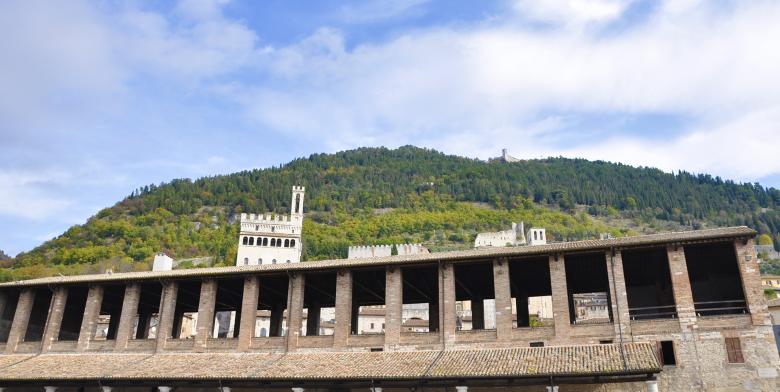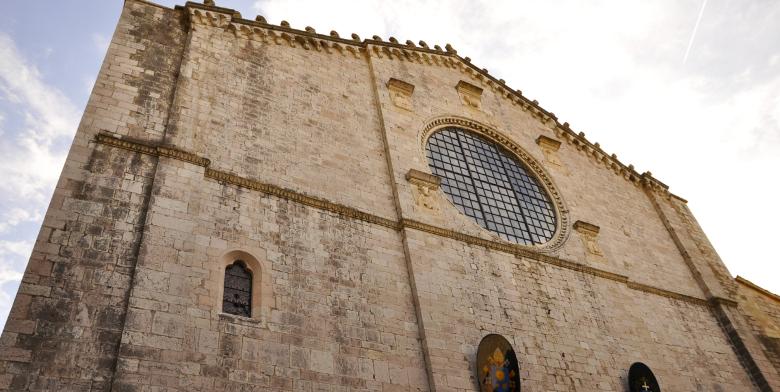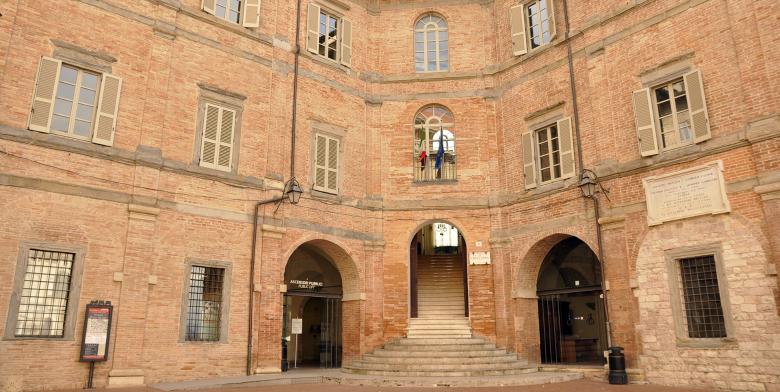The ceramics of Gubbio
The archives of Gubbio show that the work of master potters began in the 14th century.
Medieval testimonies demonstrate an archaic majolica with geometric decorations or plants in green and brown. However, the fame of the ceramics tradition of the town is linked to the great potter Giorgio Andreoli, known as Mastro Giorgio, who arrived in Gubbio in 1489, from Intra, on Lake Maggiore. Mastro Giorgio was an undisputed master in the art of lustre finishes, which made Gubbio ceramics famous: gold, silver, green and, in particular, a beautiful intense ruby red.
Medieval testimonies demonstrate an archaic majolica with geometric decorations or plants in green and brown. However, the fame of the ceramics tradition of the town is linked to the great potter Giorgio Andreoli, known as Mastro Giorgio, who arrived in Gubbio in 1489, from Intra, on Lake Maggiore. Mastro Giorgio was an undisputed master in the art of lustre finishes, which made Gubbio ceramics famous: gold, silver, green and, in particular, a beautiful intense ruby red.





























